TM4129教程之建立工程
本文开发TM4129使用的软件为KEIL,开发板型号为TM4129NCPDT。
一、开发前资料准备
进行TM4系列单片机开发需要预先安装如下软件:
- MDK5.22 keil5.22安装软件
- MDKCM522 keillegacy安装软件, 兼容以前版本
- keil.TM4C_DFP 1.1.0 TM4C芯片及版的DFP安装包
- SW_EK_TM4C1294XL-2.1.4.178 TM4C129XL驱动及样例程序
完成安装后,有两个目录
\keil_v5 keil可执行文件目录
\TivaWare_C_Series-2.1.4.178 TIVA系列驱动及样例
二、硬件要求
WIN7及以上操作系统,2G内存
TM4129XL开发板
Micro-USB数据线一根
三、开发步骤
注意把之前下载好的TIVA库中的INC和DRIVERLIB两个子目录拷贝到用户目录中
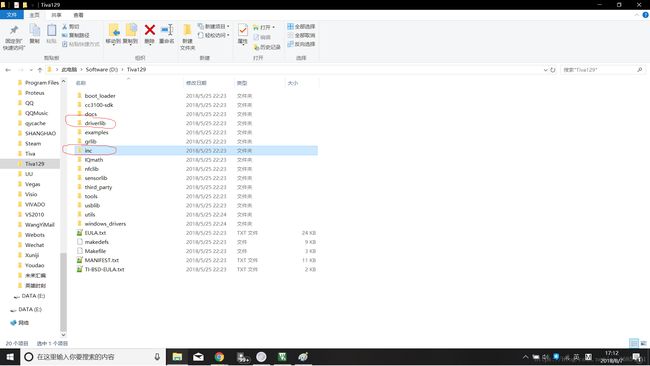
1.打开keil5,Project→New uVisonProject,新建一个项目 ,选择好目录后,选择芯片如下图

2.单击Source Group 1右键,选择Add New Item to Group “Source Group 1 “如下图所示,生成一个源文件main.c,并完成一个最简单的主函数
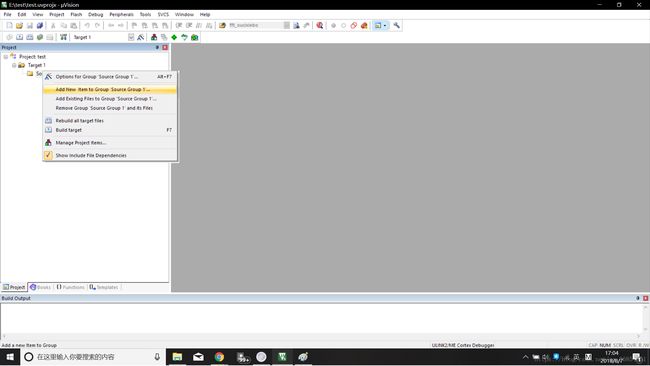
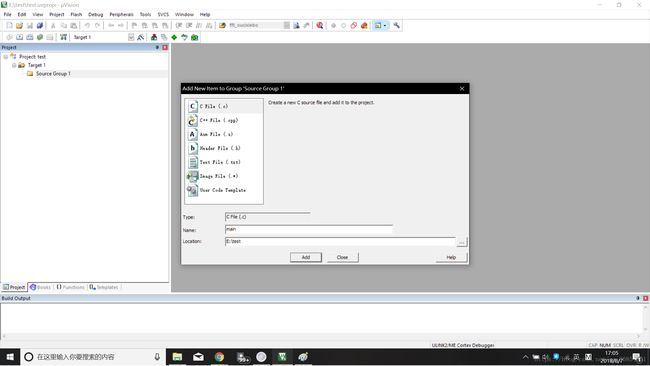
3.接下来完成一个LED灯闪烁的工程
(1).首先把固件库文件添加到项目中:
点击Target1右键,Add Group
点击New Group右键,Add Existing File to Group “New Group”,将driverlib.lib库文件添加到此组中,如下图所示,注意文件类型为为LIB


(2).添加开始文件Startup_Tm4c129.s,在下载的例程工程中进行拷贝
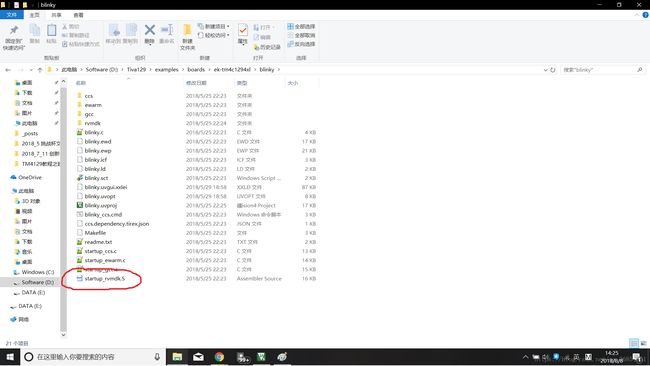
(3).配置工程
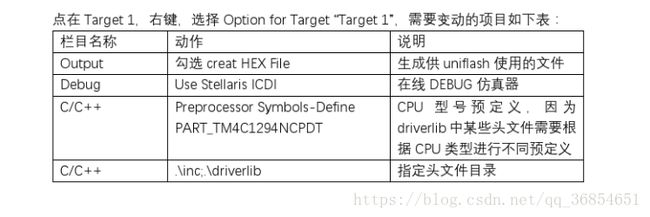
(4).将之前添加的C文件改为如下代码
#include (5).最后选择编译并且下载程序,按开发板上的Reset键便可以看到灯闪烁现象。